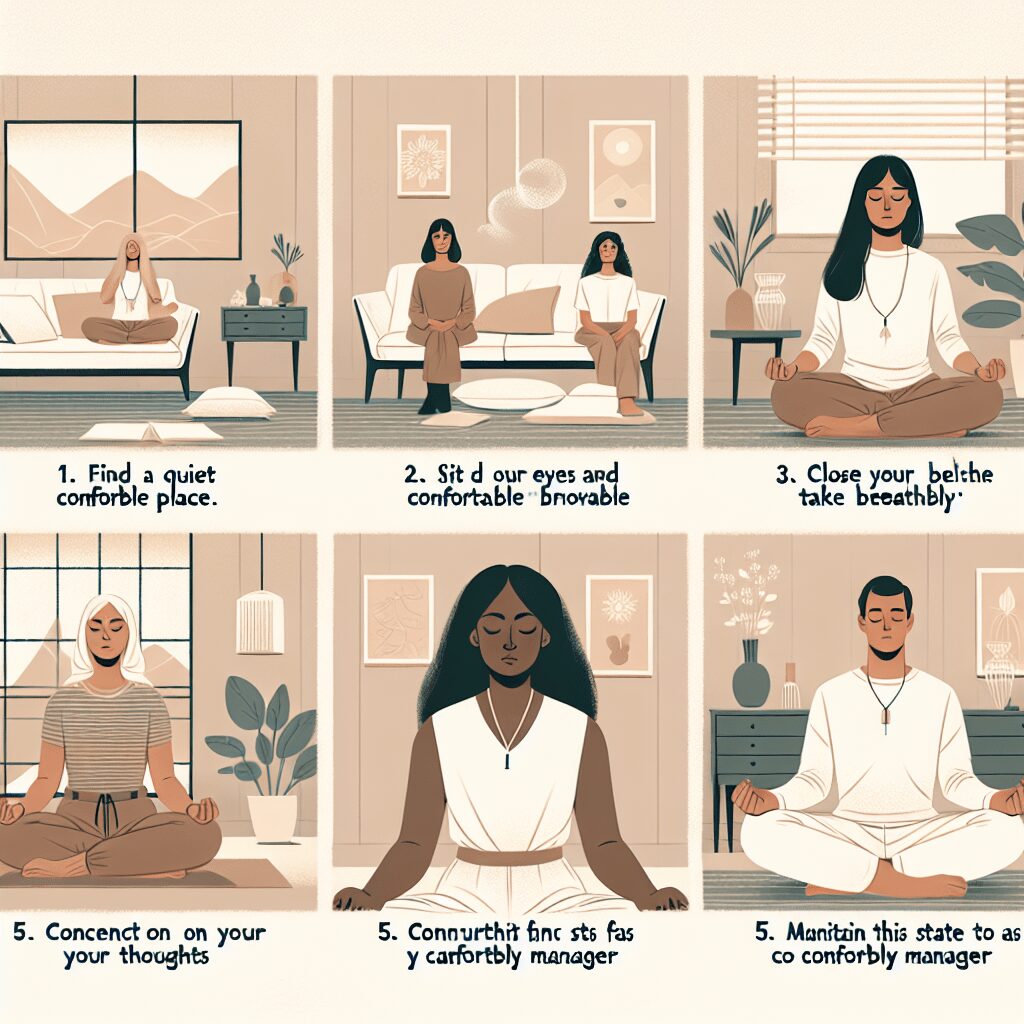
Prioritize your mental well-being daily. Enhance your life by nurturing your mental health with the Smart Meditation app. Break free from stress, alleviate anxiety, and enhance your sleep quality starting today.
How To Ease Child Anxiety?
Unraveling the Knot of Childhood Anxiety
Picture this: your child is the string of a kite, soaring high with dreams and aspirations but gets tangled in the fierce winds of anxiety. It’s a sight no guardian cherishes. In the contemporary whirlwind of information and expectations, kids, just like adults, find themselves facing the beast of anxiety. But fear not! Taming this beast isn’t as Herculean a task as it first appears. Let’s embark on a journey to unfurl effective strategies to ease child anxiety, ensuring the string remains untangled for the kite to fly high and free.
Crafting a Safe Haven
Dialogue: The Bridge Over Troubled Waters
The golden key to unlocking the puzzle of anxiety lies within the realms of open communication. Initiate heartfelt conversations with your child, ensuring they comprehend that their feelings are valid and respected. A simple “How was your day?” can metamorphose into a deep conversation, shedding light on underlying anxieties.
- Active Listening: Listen more than you speak. Your child’s voice, often drowned in the cacophony of life, seeks a stage. Offer it.
- Empathy: Walk a mile in their tiny shoes. Empathizing with their feelings can help you understand the root causes of their anxiety.
- Guidance: While it’s important to listen and empathize, guiding them towards finding their own solutions empowers them and builds resilience.
Consistency: The Bedrock of Trust
Children thrive on predictability. A routine, though seemingly mundane, constructs a framework of security around them. Knowing what to expect from their day-to-day life alleviates a significant chunk of anxiety.
- Routine Matters: Implement a structured daily routine, but don’t forget to infuse it with flexibility. After all, life is what happens when you’re busy making other plans, right?
The Toolbox: Strategies to Arm Them Against Anxiety
Equip your child with coping mechanisms and problem-solving skills. Techniques such as deep breathing, mindfulness, and positive self-talk can serve as their armor in the battleground against anxiety.
- Breathing Techniques: Encourage practices like the “5-5-5 breathing” (breathe in for 5 seconds, hold for 5, exhale for 5). It’s a game-changer.
- Mindfulness: Activities grounded in mindfulness anchor them in the present, curtailing the tendrils of anxiety which often sprout from worries about the past or future.
When to Seek the Lighthouse: Professional Help
While the abovementioned strategies are effective, it’s pivotal to recognize when professional intervention is warranted. Persistent and severe anxiety that impedes daily functioning is a clarion call for seeking help from therapists or counselors. These professionals are the lighthouses guiding ships through stormy seas, offering therapies such as Cognitive Behavioral Therapy (CBT) which has proven to be a linchpin in treating child anxiety.
- Assessment: A thorough evaluation by a mental health professional can provide a clear understanding of the child’s anxiety spectrum.
- Tailored Intervention: Professionals can offer tailored strategies and interventions, making the journey towards mitigating anxiety a more structured and predictable one.
In the grand tapestry of life, anxiety is but a small knot that, with patience and the right strategies, can be untangled. By fostering an environment of open communication, consistency, and equipping our children with coping skills, we can pivot the narrative from anxiety-ridden to resilience-infused. Remember, seeking professional help when necessary is not a sign of defeat, but rather a testament to the strength in seeking the best for our children. Let’s ensure that our kite – the embodiment of our child’s dreams and aspirations – flies high, unencumbered by the threads of anxiety.





